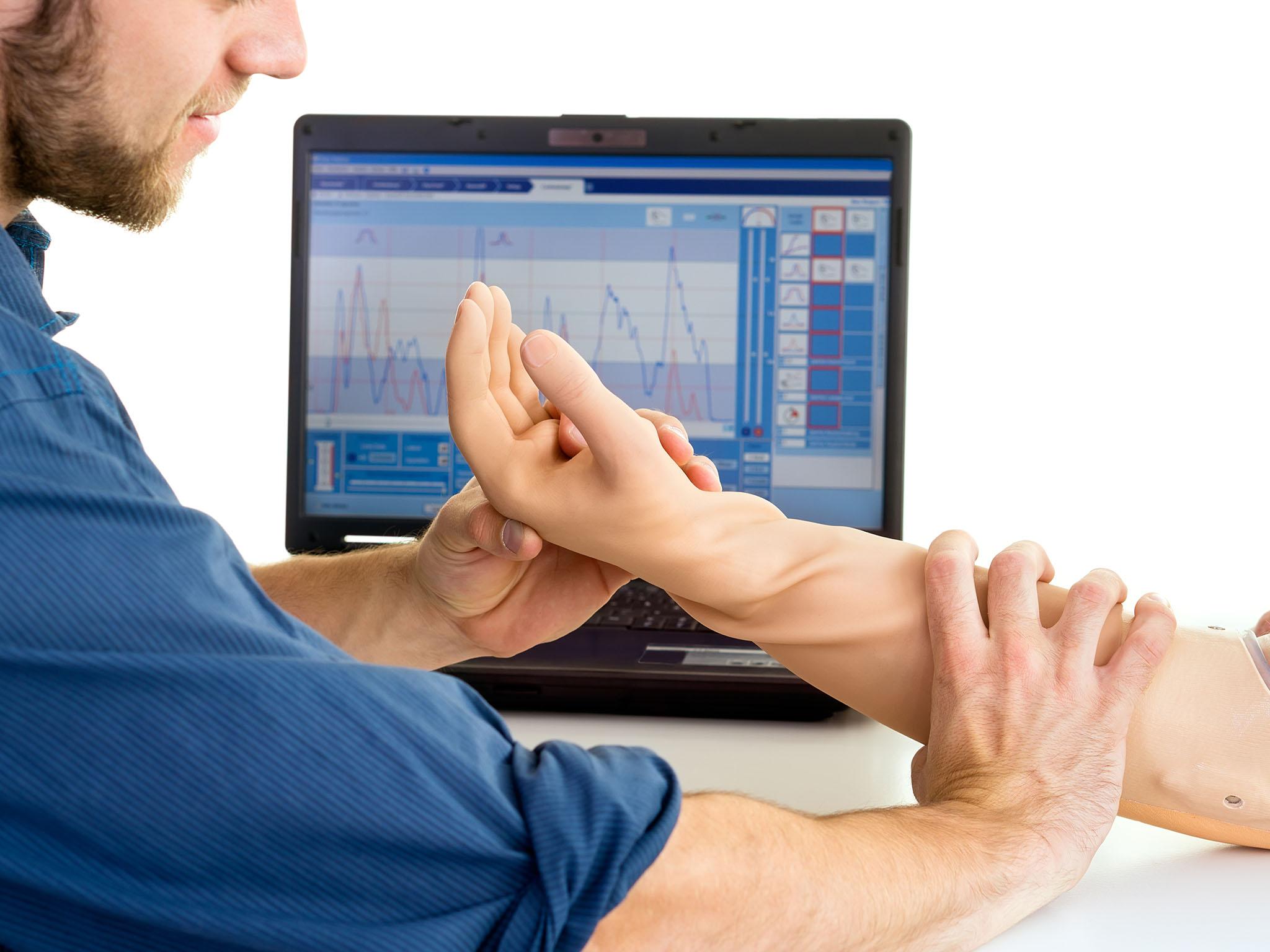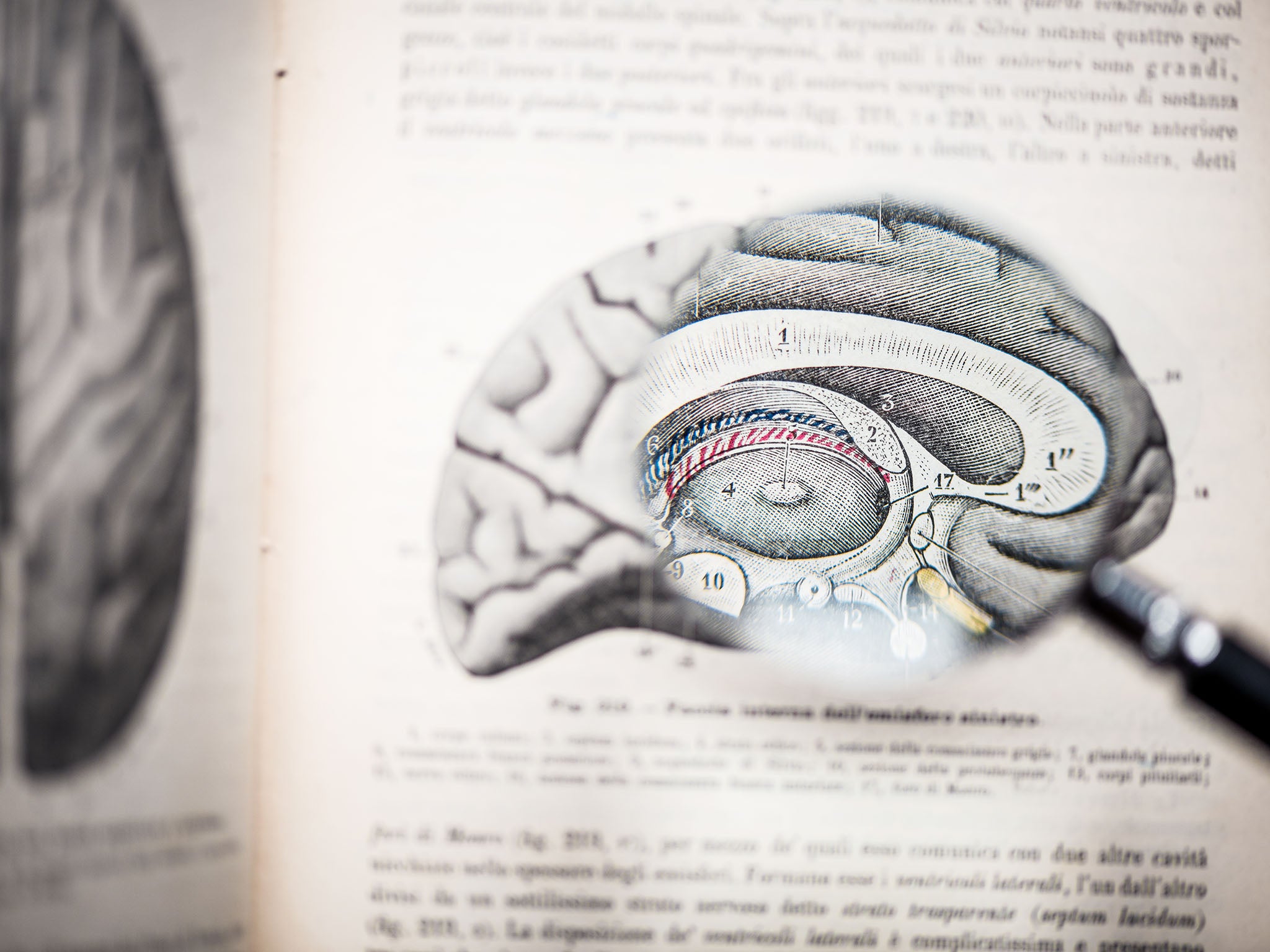How scientists are manipulating brain activity to relieve phantom limb pain
New medical treatment could relieve pain for those suffering with phantom limb syndrome, says Victoria Root

Your support helps us to tell the story
From reproductive rights to climate change to Big Tech, The Independent is on the ground when the story is developing. Whether it's investigating the financials of Elon Musk's pro-Trump PAC or producing our latest documentary, 'The A Word', which shines a light on the American women fighting for reproductive rights, we know how important it is to parse out the facts from the messaging.
At such a critical moment in US history, we need reporters on the ground. Your donation allows us to keep sending journalists to speak to both sides of the story.
The Independent is trusted by Americans across the entire political spectrum. And unlike many other quality news outlets, we choose not to lock Americans out of our reporting and analysis with paywalls. We believe quality journalism should be available to everyone, paid for by those who can afford it.
Your support makes all the difference.After amputation of an arm, most amputees report vivid and continuous sensations of their missing limb. Some can even move their missing hand as if it were still there. For many amputees, though, these sensations are painful and, unfortunately, there are no effective treatments for this pain.
How could pain arise from a missing hand – and what can we do about it? Our brains contain a detailed map of our body that allows us to move and feel as we explore our world. The brain is also a dynamic organ, adapting and changing according to experience. This flexibility is called brain plasticity – the process by which we develop from infants to adults, learn new skills and adjust to ageing.
Traditional theories suggest that phantom limb pain arises from “maladaptive plasticity”, whereby a change in the brain results in a negative, or maladaptive, outcome. According to this theory, neighbouring body parts “invade” the missing hand area, creating a signal mismatch that is interpreted as painful. For example, when you lose a hand, the representation in the brain for the missing hand is taken over by neighbouring body parts, such as the arm or the lip representation (the face neighbours the hand area). This then causes the deprived hand region to respond to sensory inputs intended for the arm or lip, and it is the mismatch between body part representations which is thought to result in an error signal that is interpreted by the brain as painful.
Treatments attempting to reverse the invasion – such as mirror therapy, where the visual reflection of the intact hand aims to reinstate the missing hand’s brain representation – have had limited success. Also, new studies have revealed that the representation of the missing hand stays in an amputee’s brain map for decades. It is not overtaken by neighbouring body parts, and this persistence is related to phantom limb pain.
Significant pain reduction
With this in mind, researchers at the University of Oxford and University College London tried to find out if a new treatment, targeted towards brain activity in the missing hand area, could lead to phantom limb pain relief. They used a technique called transcranial direct current stimulation (tDCS) to manipulate activity in the missing hand area with small electrical currents, while amputees were moving their phantom hand in an MRI scanner.
Importantly, these phantom movements differ from imaginary movements and activate the same regions in the brain that two-handed people do when they move a hand. Also, when moving the phantom hand, amputees engage the very same nerves, or motor pathway, that previously provided sensations and movement to their missing hand. By focusing the tDCS on the missing hand’s brain area during phantom movements, researchers can direct activity, not just in the brain, but also in the damaged motor pathway

The results of the study, published in Annals of Neurology, show that a single session of this technique led to significant phantom limb pain relief, with effects lasting up to one week, compared with sham stimulation where electrodes were placed on the scalp but no stimulation was given. After treatment, phantom limb pain relief was associated with reduced brain activity in the missing hand area.
Researchers also found that moving the phantom hand activated regions of the brain that deal with pain. The extent to which these pain regions were activated predicted the reduction of brain activity in the missing hand area as well as the pain relief experienced by the amputees after treatment. This suggests that phantom limb pain may emerge from brain activity in pain processing areas, especially when damaged motor pathways associated with the phantom hand are activated.
It is unclear whether tDCS treatment led to pain relief by regulating the processing of motor signals from the phantom hand or by altering cognitive evaluations of these signals. Despite these unanswered questions, this technique offers a cheap, safe and easy-to-use way to provide relief for many amputees who suffer from chronic, “phantom” pain.
Victoria Root is a PhD student in clinical neurosciences at the University of Oxford. This article first appeared on The Conversation
Subscribe to Independent Premium to bookmark this article
Want to bookmark your favourite articles and stories to read or reference later? Start your Independent Premium subscription today.
Join our commenting forum
Join thought-provoking conversations, follow other Independent readers and see their replies
Comments